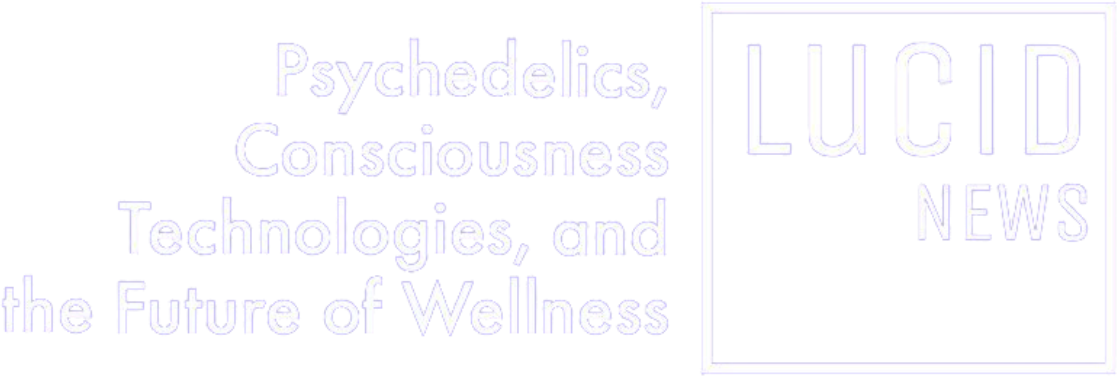What Led to the Decrim Executive Order in Minneapolis?

Last month Minneapolis became the first U.S. city to decriminalize psychedelic plants and fungi through an executive order by the mayor. It’s a true milestone.
Not only did Mayor Jacob Frey take unilateral action, but according to a representative from the Mayor’s office, he suffered no political backlash. Another sign of how the psychedelic landscape is changing.
Previously 19 cities and states had enacted laws that effectively removed local penalties for the possession of magic mushrooms, ayahuasca, iboga, and San Pedro. In some cases, the policy reform came from ballot initiatives. In others, resolutions were passed by city councils. As in Minneapolis, the new laws usually focus on making enforcement of prohibition the city’s lowest priority. Even though these substances remain illegal at the federal level, on the Schedule 1 list.
But the Minneapolis executive order is the first time that a mayor has shown the confidence to act alone. There is a reason Frey felt confident. Community organizers had spent years laying the groundwork for decriminalization, building support for policy change. When they met with Frey to propose the idea of an executive order, they came prepared.
The effort was led by a diverse group of grassroots activists who started organizing in 2019 through the Minneapolis Psychedelic Society, an education and community hub that began the year before. Among them was Jessica Nielson, a neurobiologist and data scientist at the University of Minnesota.
According to Nielson, MPS was inspired by a successful resolution in Oakland to effectively decriminalize psychedelic plants and fungi that had passed in a unanimous City Council vote. Because MPS is a 501(c)3 and legally barred from lobbying, they set up an independent group following the model developed by Decriminalize Nature, the organization behind the Oakland initiative. DN was supporting similar efforts around the country, which led to successes in Santa Cruz and Ann Arbor, among other cities.
“We were using a lot of [DN’s] resolution language to get started, adapting it for Minneapolis. But we parted ways with them over the peyote issue,” said Nielson, referring to the Oakland group’s insistence that the peyote cactus be included in decrim efforts. The Native American Church, which uses peyote in ceremony, and many Indigenous tribal organizations have come out against inclusion because of concern that the cactus, which faces extinction, could be over-harvested by poachers.
Renamed DecriMN, to distinguish it from the previous affiliation with Decriminalize Nature, it grew to be “a large group of people, maybe 50, working on the City Council resolution,” says Bryan Ebert, a longtime activist who is now training to become a psychedelic therapist. The group also consulted with the legal teams at the Multidisciplinary Association of Psychedelic Studies (MAPS) and the Drug Policy Alliance. Armed with the latest research into the efficacy of psychedelic-assisted therapies, and testimonials from people who suffered from severe mental health conditions and had healing experiences with psychedelic plants, the DecriMN activists engaged with local politicians.
“We had a City Council champion, and while nothing was official, he had conversations with other City Council members and it was expected to pass. We heard unanimously, but obviously can’t say for sure,” says Ebert.
The resolution was due for a vote in April, 2020, but was sidelined by the Covid outbreak. “Then George Floyd was murdered, and we were on pause while our city was dealing with all that,” says Nielson.
The initiative was rekindled at a local psychedelics gathering a year later, the first annual Big Psych conference, which drew some 100 participants. One of the speakers was Marcus Harcus, a community organizer and non-profit lobbyist who was involved in cannabis legalization efforts. At the end of his talk, Harcus announced that anyone who wanted to participate in psychedelic law reform should text him, and he shared his phone number. Nielson and Ebert were in the audience and they did.
Local activists note that the Black Lives Matter movement reenergized psychedelic decrim efforts in Minneapolis, bringing together activists from diverse backgrounds. The leadership of Big Psych is also diverse. Co-founder Jade Mycelia had been Vice President of the Association of Black Psychology Students at the University of Minnesota.
“DecriMN benefited from the political landscape following the murder of George Floyd and the widespread information around the Psychedelic Renaissance,” says Christine McCleave, an MPS board member. McCleave is a citizen of the Turtle Mountain Anishinaabe (Ojibwe) Nation, and a doctoral student in Indigenous Studies at the University of Alaska, Fairbanks, where she is researching the use of traditional entheogens to heal Indigenous historical trauma.
A chance meeting with Frey at a groundbreaking event led to a meeting at the Mayor’s office. Harcus, who had worked with Frey previously on cannabis legalization, approached him to introduce some of the DecriMN activists. By the end of a brief conversation, they were convinced that the Mayor would be receptive to psychedelic policy reform.
Still, it took Nielson’s academic credentials to get them onto Frey’s calendar. She had already been appointed to a psychedelic medicine task force spearheaded by Minnesota governor Tim Walz, which is preparing a proposal to legalize psychedelic therapy in the state in 2025, following the lead of Oregon and Colorado. Nielson was joined by Harcus, Ebert, Mycelia and others from DcriMN. They came to the meeting with a copy of the City Council resolution and a proposal that Frey issue an executive order. He embraced the idea.
Then followed several months of back and forth to finalize the legal language. Frey consulted with the City Attorney, the police department, the city’s Office of Community Safety, as well as subject matter experts. Draft revisions were shared with DecriMN. At one point, the city reintroduced peyote as one of the plants to be covered by the order, and language referring to historic Indigenous use was removed. But when DecriMN asked to change it back, “they didn’t argue, it wasn’t a fight,” says McCleave, while noting, “but they took it out in the first place.”
Once the language was finalized, there was a four month wait before the order was issued, while the DecriMN group sat quietly, keeping the process confidential. The activists assumed that Frey was waiting for the Governor to sign an expansive cannabis legalization bill into law, which took place on May 30. Then they still had to wait another seven weeks. “It kept getting pushed back further to the point where you wonder, is this ever really going to happen?” says Nielson.
Now that the executive order has been issued, what’s next for the DecriMN activists? “St. Paul,” says McCleave, referring to the city on Minneapolis’ border, “and then the whole state.”
Harcus agrees. “I was in the Governor’s office when he signed the cannabis legalization bill. A lot of the people there are leaders who have been working on cannabis legalization for years, and multiple people are now interested in pivoting to work on legalizing psychedelics.”
Which begs the question: Will St. Paul Mayor Melvin Carter issue an executive order and follow in Frey’s footsteps?







